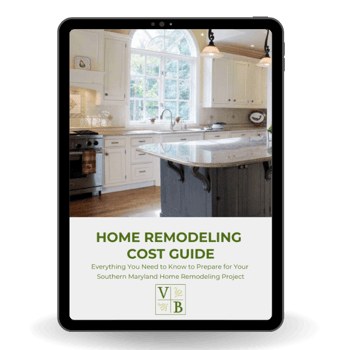2 Min Read
I Love Wood Entry Doors
I love wood entry doors! Painted or stained, I think they have real down to Earth (Grounding) feel to them. It’s a feel completely different than steel or fiberglass door. Not that they are completely horrible, but I prefer to have my customers interacting at a touch and feel level with natural products as opposed to many of the supposed “no maintenance” products on the market. However, selecting a wood door takes some real consideration on where it is located, how it might be used, the finishing, and the exposure it has to the elements.
There will be some situations where a wood door may not be the best choice. Consider these thoughts before running out and buying one.
We will typically use a wood door in high profile areas like front entry and high profile rear entry such as areas used for entertaining. Garage and utility areas are best served by a door that may require less care and are less visible such as steel or fiberglass doors.
Many wood doors, and cost plays a role, have panels, sometimes raised and sometimes flat. These panels can be either solid wood (probably laminated for structural integrity) or Bladder Press. Bladder press is a rigid Styrofoam with a wood veneer pressed on to it. Read the fine print in the manufacturer’s paper work when deciding. Bladder press doors cannot stand up to any of the elements directly for the long term. In fact, even long term indirect rain and splash could degrade the door. Bladder press is usually less expensive and will need to be undercover of a roof and completely out of the rain and direct sun.
The more expensive, solid (laminated) paneled door will endure more variations of direct weather. However, we no longer encourage a wood door of any kind if it takes the full, directional brunt of seasonal storms, and “all day” sun. Even if the door and finish did endure, the nuances may drive some people crazy!
All doors, even metal and fiberglass doors have wood frame work and are susceptible to expansion and contraction (movement). The cladding materials also will expand and contract based on the elements. Therefore, all doors move! Not just wood doors. They are especially susceptible to movement if they have not been sealed properly. You might have noticed even solid wood doors on the interior of house will react to the levels of humidity from season to season. They rub on the jambs, they may not latch completely, appear slightly bowed, etc. This is especially true of an exterior grade door. This can be greatly diminished by proper sealing/finishing of the door.
All metal, fiberglass and wood doors require finishing. We take a few specific steps with wood doors to help ensure longevity and functionality. When we are preparing to install a wood door system, we will take off the hinges and weather-stripping. We will oil prime (or marine grade clear coat) the entire door, even the borings. We apply one finish coat, allow it to dry then re-assemble the door. All this is best done on dry or less humid days. A rainy day means we are likely to trap some excess moisture. All this preparation before installing will give us a more stable door and a better finish when complete. Once the door system is properly installed the door gets a final coat of finishing before knobs are installed.
Finally, I don’t recommend painting a door black receives a lot of direct sun. Direct sun on the door will over dry the wood and could cause uncontrolled splitting.
Hopefully, this info is helpful—or leave me a follow up question under comments or email me at jhall@villabuildersinc.com if you’d like learn more.



